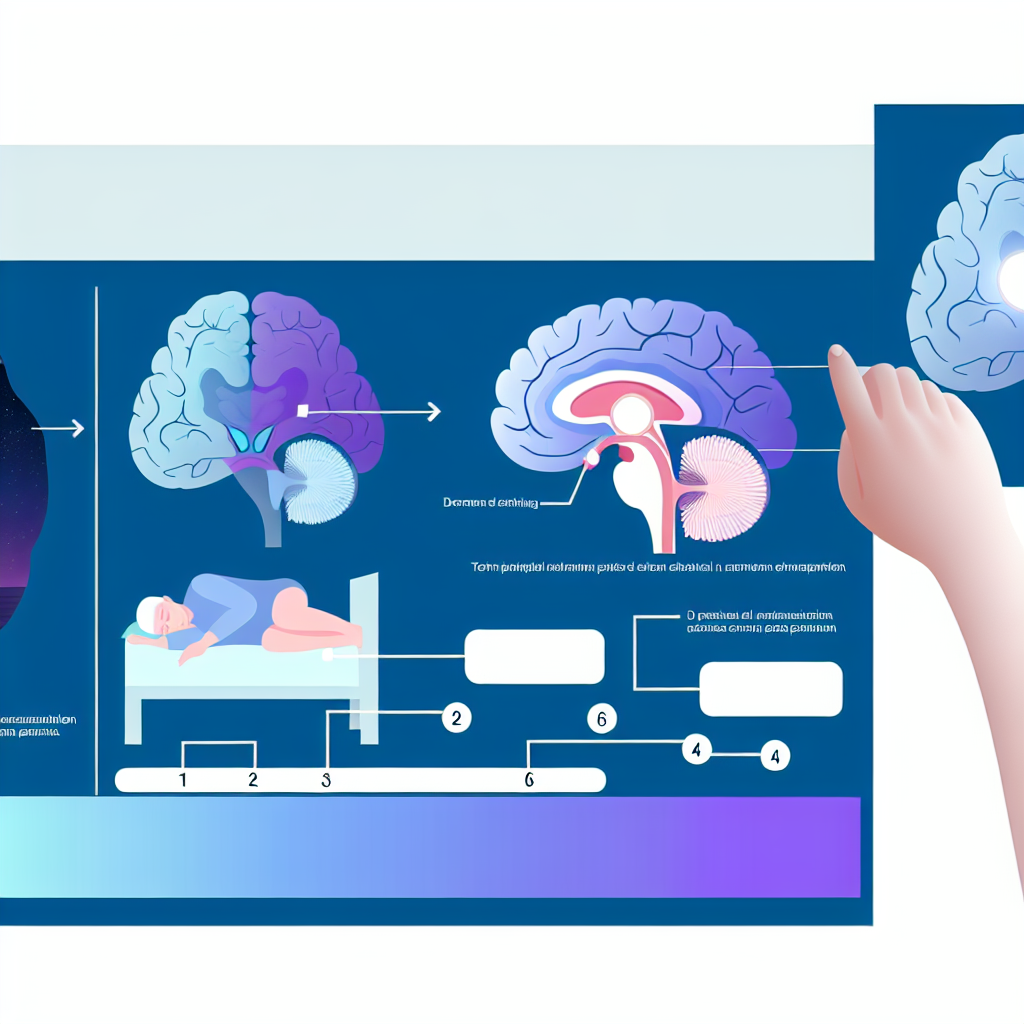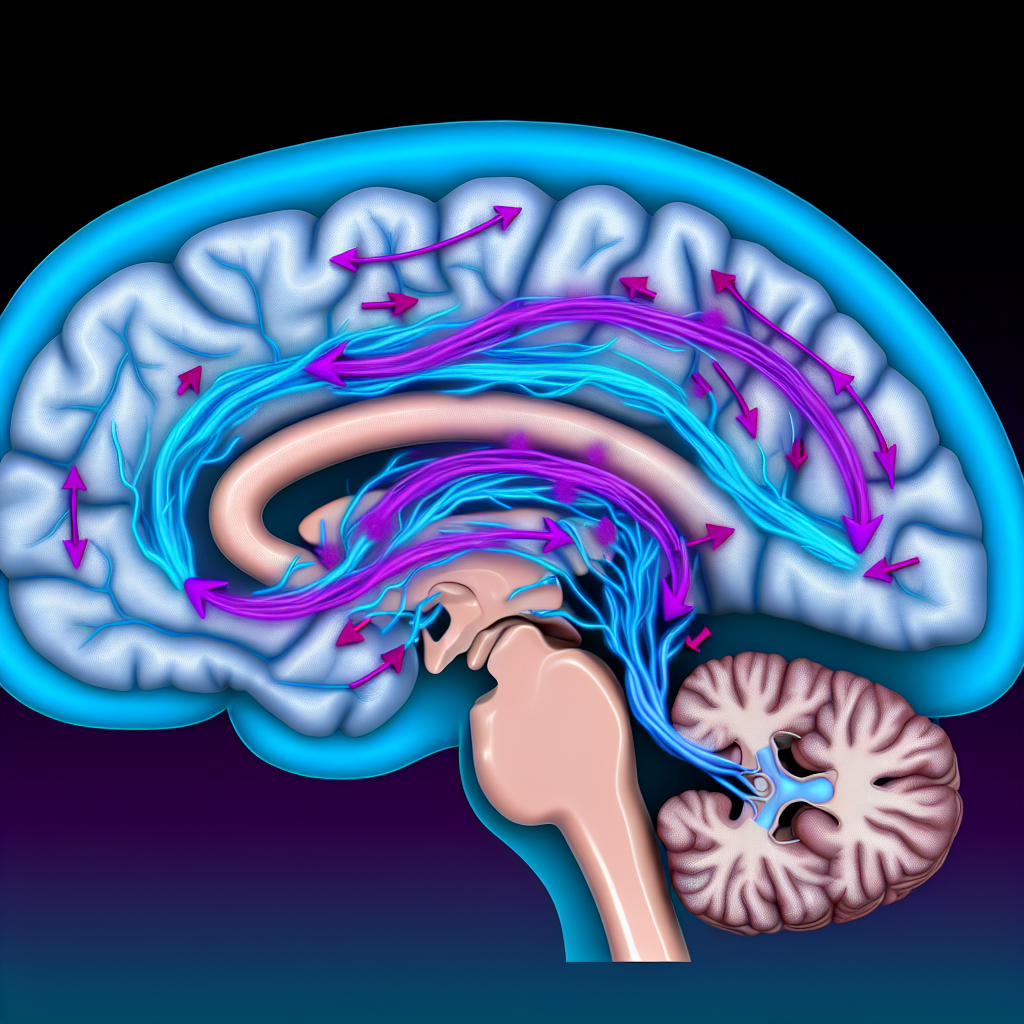Sleep Optimization for Longevity: Complete Evidence-Based Guide
Research shows optimal sleep extends life by approximately 5 years for men and 2 years for women. Sleep regularity predicts mortality better than duration alone. Learn science-backed strategies for sleep optimization.
Sleep & Longevity: Key Statistics
Optimal Sleep Protocol

Meta-analysis of 1.5 million participants shows U-shaped mortality curve with lowest risk at 7 hours
Mortality Risks by Duration:
- • < 6 hours: 12% greater mortality risk
- • > 9 hours: 30% greater mortality risk
- • 4 hours: 7% increase; 11 hours: 55% increase
UK Biobank study of 60,000+ participants: regularity predicts mortality better than duration
Benefits of Regular Sleep Patterns:
- Regular sleepers: 20-48% lower all-cause mortality
- 16-39% lower cancer mortality
- 22-57% lower cardiovascular mortality
Enhances glymphatic clearance more than back or stomach positions
Mechanism: Optimizes cerebrospinal fluid flow for brain waste removal
The Glymphatic System: Brain's Waste Removal
Revolutionary January 2025 study published in Cell identified how sleep drives synchronized brain waste clearance, preventing Alzheimer's and cognitive decline.

Revolutionary 2025 discovery: perivascular network where cerebrospinal fluid enters brain, mixes with interstitial fluid, removes waste including beta-amyloid and tau proteins
Norepinephrine oscillations during NREM sleep drive synchronized changes in cerebral blood volume and CSF, creating a pumping mechanism. Brain interstitial space expands 60% during sleep.
Highly active during sleep, minimal during wakefulness. Impaired glymphatic function linked to Alzheimer's and cognitive decline. Sleep deprivation reduces waste clearance efficiency.
2024 study provided first direct evidence of glymphatic system in humans, showing perivascular spaces act as conduits for CSF flow. This confirms the model and opens therapeutic possibilities for Alzheimer's prevention.
Step-by-Step Implementation
- 1.Set consistent bedtime and wake time (±30 min) 7 days/week
- 2.Prioritize 7-8 hours sleep opportunity
- 3.Set phone alarms for both bedtime AND wake time
- 4.Track sleep with journal or wearable device
- 1.Bedroom temperature: 60-67°F (15-19°C)
- 2.Complete darkness: blackout curtains or eye mask
- 3.White noise machine if needed for sound blocking
- 4.Remove electronics from bedroom
- 5.Sleep on your side (lateral position)
- 1.Dim lights to 50% brightness
- 2.No screens (blue light disrupts melatonin)
- 3.Light stretching or gentle yoga
- 4.Reading (physical books only)
- 5.Relaxation breathing: 4-7-8 technique
- 1.Get 10-30 minutes bright light within 1 hour of waking
- 2.Outdoor sunlight preferred (even cloudy days)
- 3.Face toward sun (never look directly at it)
- 4.Light box alternative if outdoor impossible (10,000 lux)
- 1.Caffeine cutoff: 2 PM (5-6 hour half-life)
- 2.Last large meal 3-4 hours before bed
- 3.Front-load hydration; reduce after 6 PM
- 4.Regular exercise (morning or early afternoon preferred)
- 5.Limit alcohol (exceeding 0.5g/kg impairs glymphatic clearance)
Sleep & Cardiovascular Health
American Heart Association's 2024 scientific statement: sleep is a critical component of cardiovascular health
Mechanism: Sleep deprivation affects autonomic nervous system
Mechanism: Social jetlag disrupts circadian blood pressure regulation
Mechanism: May indicate underlying cardiovascular pathology
Mechanism: Chronic circadian disruption drives inflammation
Warning Signs Requiring Medical Attention
- Chronic insomnia (>3 nights/week for 3+ months)
- Excessive daytime sleepiness despite adequate sleep
- Loud snoring with breathing pauses (sleep apnea symptoms)
- Difficulty staying awake while driving
- Significant mood changes or depression
- Cognitive decline or memory problems
Obstructive sleep apnea is strongly linked to cardiovascular disease and increased dementia risk. CPAP therapy effectively treats OSA and should be used as prescribed. Seek evaluation if snoring, witnessed breathing pauses, or daytime fatigue occurs.
The Bottom Line
Sleep is not optional—it's foundational for longevity, cognitive health, and disease prevention. The evidence shows men with adequate sleep live approximately 5 years longer, and women live 2 years longer.
The Most Critical Factors:
- 7-8 hours nightly (U-shaped mortality curve with lowest risk at 7 hours)
- Consistent timing (regularity predicts mortality better than duration - reduce risk by 20-57%)
- Sleep quality (uninterrupted, restorative sleep for glymphatic clearance)
- Proper sleep position (lateral/side sleeping for optimal brain waste clearance)
Start with critical priorities immediately (consistent schedule, temperature optimization, light exposure), then progressively implement additional strategies. Sleep improvement takes time—expect 4-6 weeks for new habits to establish. The investment in sleep health yields dividends across every aspect of longevity and quality of life.
